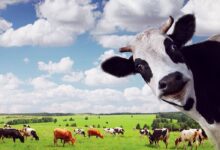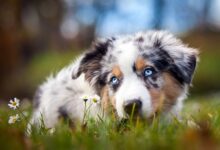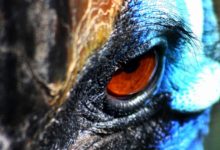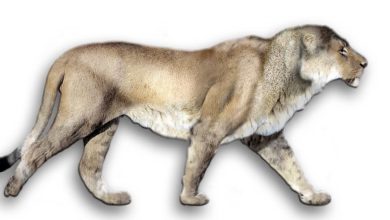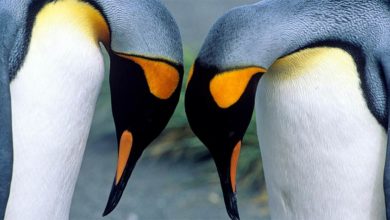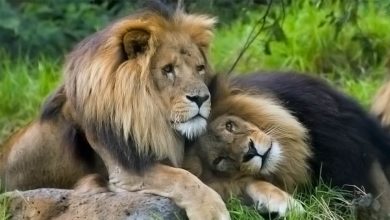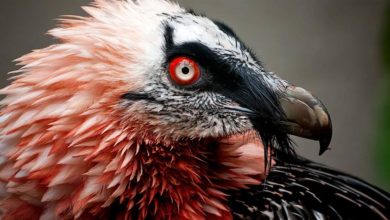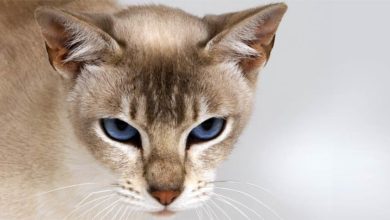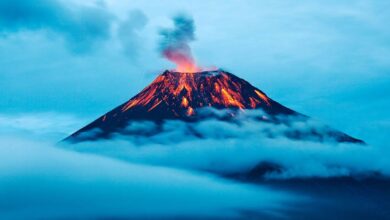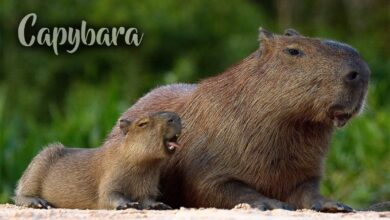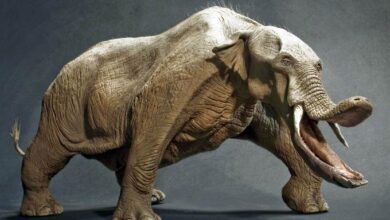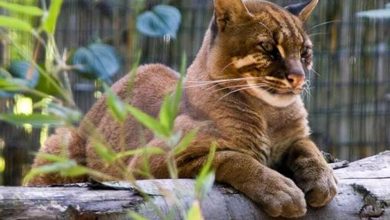Kruger National Park
Kruger National Park
The hot, savannah climate does not deter travelers, on the contrary – it adds a strong magnetism to the place where the main hosts are animals. The management of the Park is also not idle, because – apart from taking care of the place – it offers unusual attractions for tourists coming from all over the world. It turns out that “ordinary” safaris are slowly not enough to attract the attention of more and more demanding customers.
However, we are glad that places such as the Kruger National Park still exist, because thanks to them, many species of animals and plants can still be admired.

Location and area
We turn our attention to the northeast of South Africa, where the Kruger National Park is located – one of the largest protected areas on the continent. It is situated in the provinces of Limpopo and Mpumalanga.
The Kruger National Park covers an area of 19,485 km2 (7,523 sq mi). It stretches from north to south for 360 km (220 mi), and from east to west for 65 km (40 mi). On the map, it takes the shape of a long belt bordering Mozambique and Zimbabwe.
The Kruger National Park is one of the largest protected areas in Africa, but in the dry season, the game has always migrated to a large extent to the areas bordering the park in the west.

Establishment of the Park
At the end of the 19th century, Jakob Louis van Wyk applied to the South African parliament to establish a reserve. It was the first move towards a future national park. In September 1895, by the power of the majority of votes (the majority was one vote), Paul Kruger – the then president of South Africa (formerly Transvaal) created the so-called Government Wildlife Park, which was later renamed the Sabi Reserve. In 1926, the reserve was expanded and renamed the Kruger National Park.
Originally, the Park area was home to the Tsonga peoples. When South Africa became a British colony in 1902, the new state administration, in an attempt to expand the park’s territory, removed Tsong completely from there. The displacement of the tribes, however, began in 1899 and officially ended in 1926. The last representatives of Tsong, however, were only removed in the 1960s.
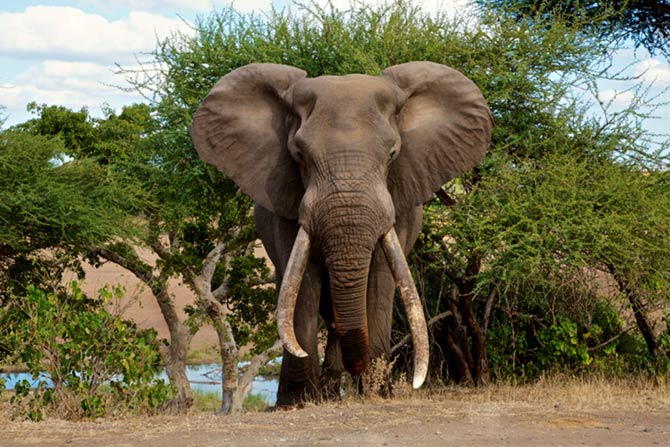
Climate
Summer and winter are respectively rainy and dry seasons in the Kruger National Park. While Europe and North America is fall/winter, South Africa has summer, i.e. the rainy season. And although it doesn’t rain all the time during this time, afternoon storms are standard. African Winters – Dry seasons (May to September) are dry, warm and mild, but nights can be cold. Therefore, tourists coming to the Park should take warm clothes with them, because mornings and evenings often do not have much in common with the tropics.
On summer days, the temperature can reach + 38°C (100 F). Many visitors come only after the greatest heat has subsided, i.e. when the dry season begins. As the moisture level decreases, it also makes it more difficult to get malaria. In addition, due to drought, the vegetation is thinning, making it easier to observe wild animals.
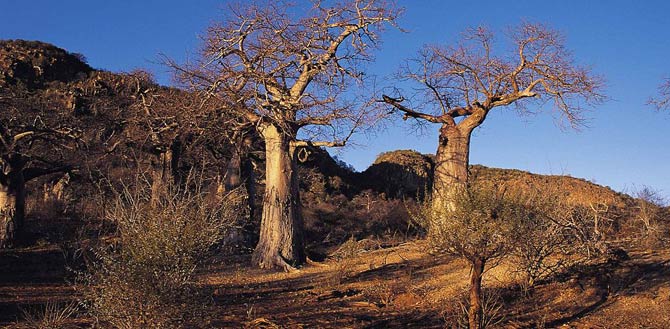
Vegetation (flora)
The center of the Park is overgrown with myrtles of the genus Combretum and marulas. Acacia dominates along the rivers and streams. In the east, there are the main savannas – pastures for large herbivores. The plains are covered with grasses of the species Themeda triandra, Megathyrsus maximus.
The trees are dominated by Senegalia nigrescensi, Combretum imberbe and the aforementioned marula trees. We also come across African baobabs.
South of the Olifants River in the eastern half of the park, this area provides the most important grazing-land. Species such as red grass (Themeda triandra) and Guinea grass (Panicum maximum) predominate while the knob-thorn (Acacia nigrescens), leadwood (Combretum imberbe) and marula (Sclerocarya caffra) are the main tree species.
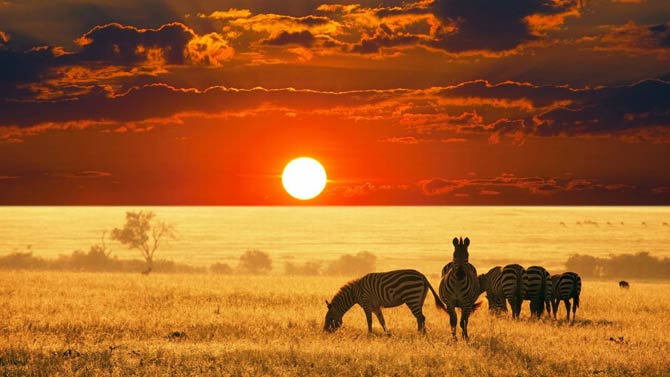
Animals (fauna)
The Kruger National Park is home to large African mammals, including the so-called Big Five:
- African bush elephant
- African lion
- African leopard subspecies (Panthera pardus pardus)
- Black rhinoceros
- African buffalo
The park also protects the endangered African wild dog, whose population from South Africa is estimated at only 400 individuals.
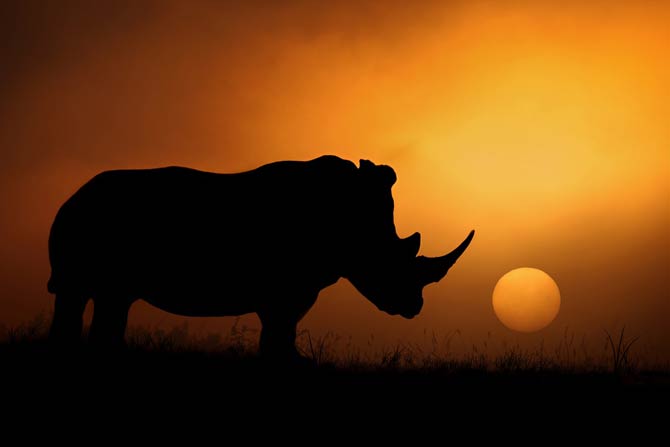
The birds
Out of 517 species of birds, most (253) nest in the Park, a large part (147) are nomads, and the rest (117) depart for breeding grounds in other lands. Within the National Park, there is also the so-called Big Six Birds – species limited to the Kruger National Park and other nearby protected areas. These species include:
- Lappet-faced vulture
- Martial eagle
- Saddle-billed stork
- Kori bustard
- Ground hornbill
- Pel’s fishing owl
It’s better to look at your feet, because 114 species of reptiles live in the Park, including the dangerous black mamba and rock python. In addition to reptiles, we meet 33 species of amphibians and 50 species of fish.

Wildlife population – 2011
| Species | Count (2011) |
| Black rhinoceros | – |
| Bushbuck | – |
| Lichtenstein’s hartebeest | – |
| White rhinoceros | – |
| Leopard | 1,000 |
| Lion | 1,620–1,720 |
| Greater kudu | 11,200–17,300 |
| African wild dog | 120 |
| Cheetah | 120 |
| Elephant | 13,750 |
| Impala | 132,300–176,400 |
| Mountain reedbuck | 150 |
| Burchell’s zebra | 23,700–35,300 |
| Sable antelope | 290 |
| Hippopotamus | 3,100 |
| Warthog | 3,100–5,700 |
| Waterbuck | 3,100–7,800 |
| Nyala | 300 |
| Cape buffalo | 37,130 |
| Crocodile | 4,420 |
| Eland | 460 |
| Spotted hyena | 5,340 |
| Blue wildebeest | 6,400–13,100 |
| Giraffe | 6,800–10,300 |
| Roan antelope | 90 |
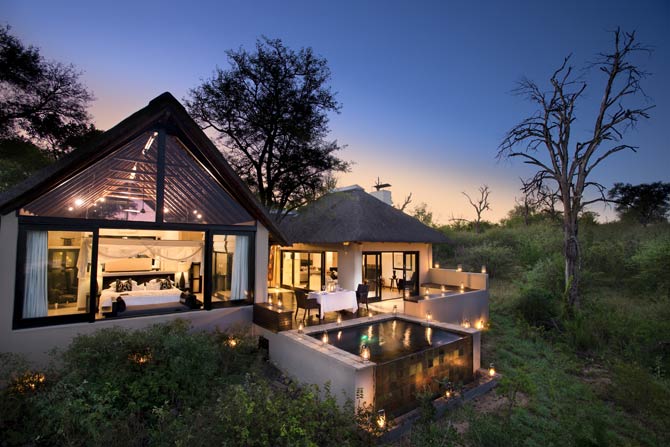
Something for tourists
The Park offers 21 holiday camps. The plots of land with buildings and tents belong to private companies cooperating with natives, serving tourists. There are also a few restaurants in the camp area, which were once the object of disputes.
Honeymoon Safari
In the Kruger National Park, the word “safari” evolves into a very interesting direction. Apart from traditional hiking trips in the bush accompanied by a guide, or rides in an off-road car, we can choose something more “civilized”.
Young couples can choose from the offer: Classic Honeymoon self-drive, Premier Honeymoon Safari and even Deluxe Wedding Package, i.e. a wedding (indoors or outdoors) combined with safari and luxurious accommodation and meals. However, the Park’s tourist offer is very wide – it is impossible to list all the offers.
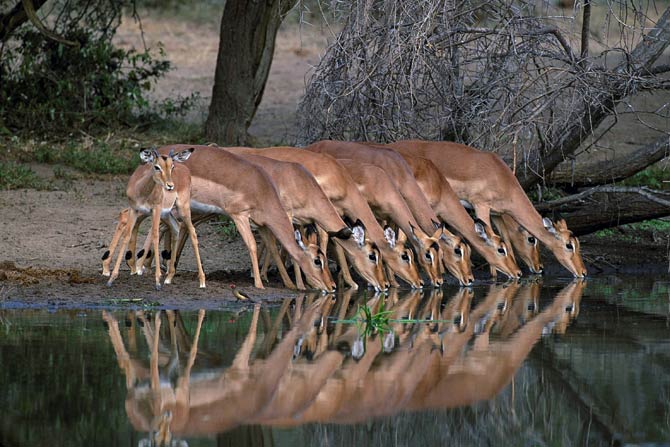
Poaching – the bane of Kruger National Park
Unfortunately, we have to add a tablespoon of tar to the barrel of this honey (just for balance). Despite modern protection and monitoring systems (e.g. drones), poachers continue to worry the inhabitants of the Park. The attackers, like the defenders, also have the latest equipment: night vision devices, carabiners with silencers and professional telescopes. As they are increasingly cunning, they often avoid capture.
It is known, however, that most poachers are Mozambique citizens, carefully planning their “jumps”. In 2012, about 200 poachers were arrested, and about 30 died during clashes with uniformed services. The fight continues, unfortunately, the animals are still dying and it is not known whether this criminal practice will ever be completely eradicated.
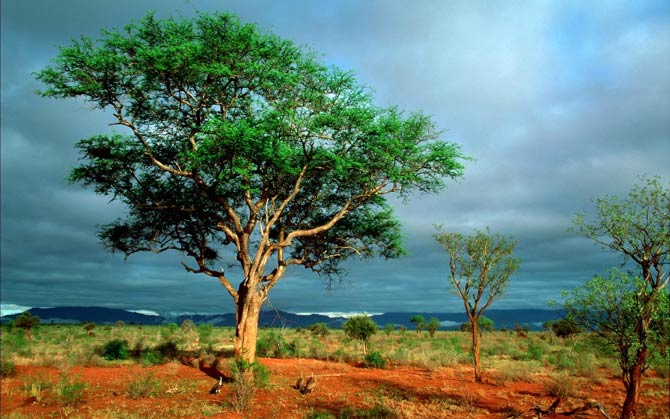
Detailed data / dimensions
Kruger National Park
- Area: 19,485 km2 (7,523 sq mi)
- Established: 1926
- Visitors: 1,659,793 (1,277,397 day visitors, 382,396 overnight) in 2015
- Main attractions: walking or car safaris
- Records: the largest number of large mammal species (147) of any African protected area.
- Governing body: South African National Parks
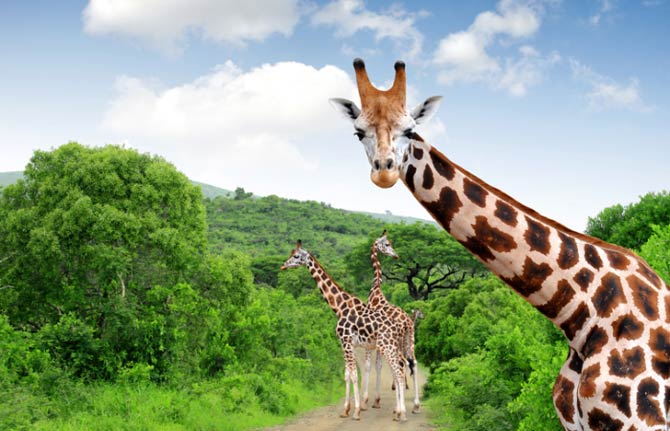
Kruger National Park – interesting facts
- In 2002, the Kruger National Park was included in the so-called Great Limpopo Transfrontier Park. This group also includes: Limpopo National Park (formerly known as Coutada 16) in Mozambique, Kruger National Park in South Africa, Gonarezhou National Park, Manjinji Pan Sanctuary and Malipati Safari Area in Zimbabwe, as well as the area between Kruger and Gonarezhou, the Sengwe communal land in Zimbabwe and the Makuleke region in South Africa. Great Limpopo Transfrontier Park has 35,000 km².
- About 4,500 crocodiles live in the Kruger National Park, which is more than, for example, cheetahs or wildcats.
- Tourists can choose from 9 safari routes. Some are almost untouched by humans. In the bush area, however, there are no specific routes – tourists walk along paths created by animals or tread their own.




